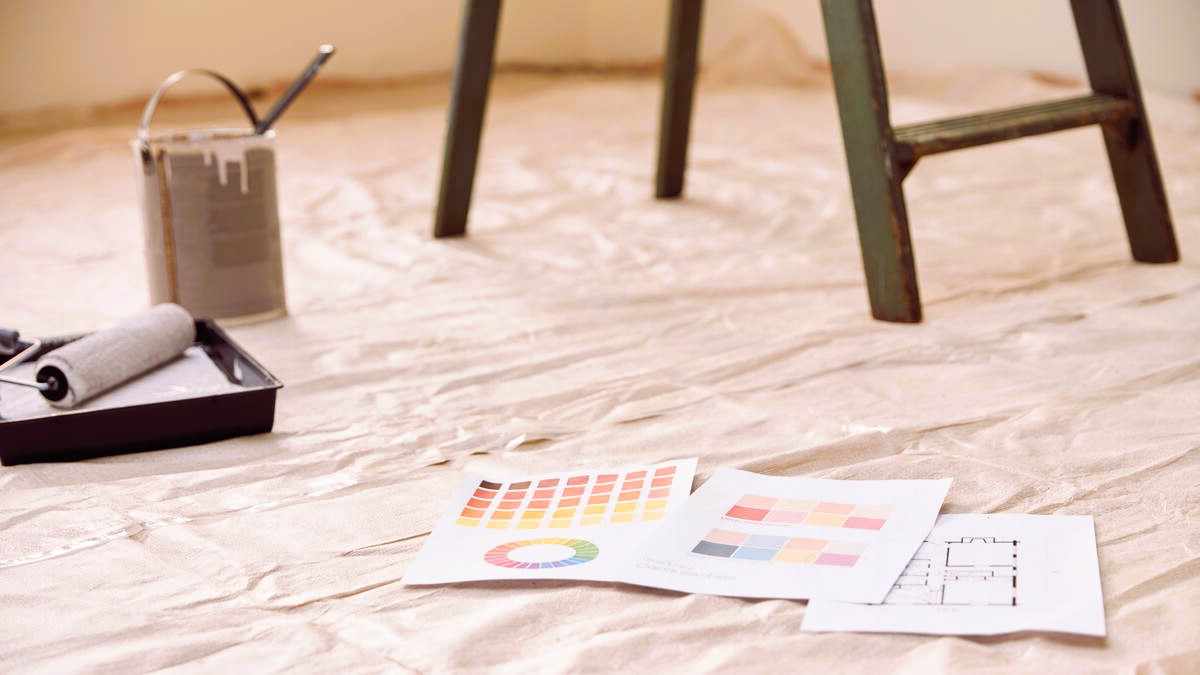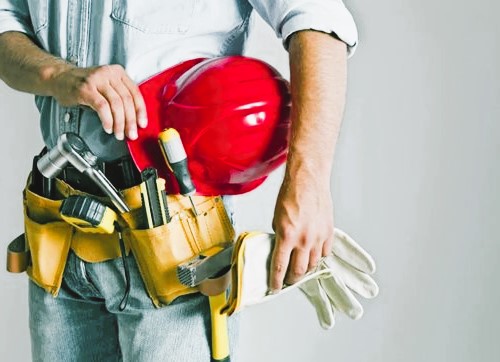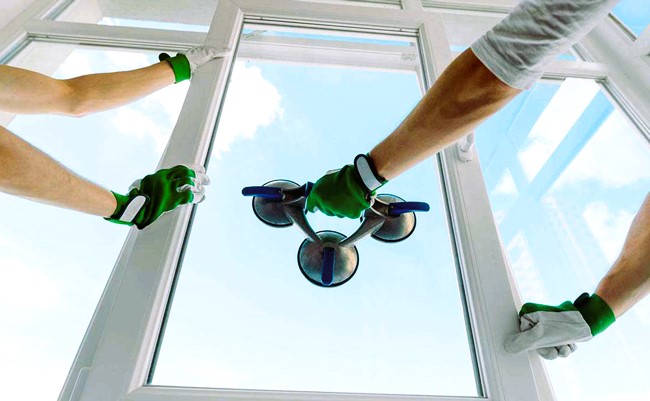Common Mistakes to Avoid in DIY Window Installation Projects
Blog
Undertaking a do-it-yourself (DIY) window installation project can be a rewarding experience, but it also comes with potential pitfalls. Without proper knowledge and skills, DIY window installations can lead to costly mistakes and compromised performance. To ensure a successful outcome, it is important to be aware of common mistakes and avoid them. In this article, we will highlight some common mistakes to avoid in DIY window installation projects and provide guidance on achieving a professional and effective installation.
1. Inaccurate Measurements:
One of the most critical mistakes in DIY window installation is inaccurate measurements. Failing to measure the window openings correctly can result in ill-fitting windows, gaps, air leaks, and potential water infiltration. Take accurate measurements multiple times and follow manufacturer guidelines to ensure the windows fit properly.
2. Insufficient Weatherproofing:

Proper weatherproofing is essential to protect against moisture infiltration and air leaks. Failing to apply adequate weatherstripping, flashing, and sealants can lead to water damage, drafts, and decreased energy efficiency. Follow recommended weatherproofing techniques and use high-quality materials to ensure a tight seal around the windows.
3. Improper Leveling and Alignment:
Windows must be level and properly aligned for optimal performance and functionality. Failing to achieve proper leveling can result in operational issues such as difficulty opening and closing the windows. Use a level during installation and make necessary adjustments to ensure the windows are level and aligned correctly. Window replacement or new construction: which installation approach is right for you? The answer is here.
4. Neglecting Insulation and Air Sealing:
Insulation plays a crucial role in energy efficiency and preventing air leakage. Neglecting to insulate around the window frames can lead to heat loss, drafts, and increased energy bills. Use appropriate insulation materials such as expanding foam or fiberglass insulation to fill any gaps around the windows and create an airtight seal.
5. Overlooking Structural Integrity:
Before installing new windows, it is important to assess the structural integrity of the surrounding area. Weak or deteriorated structures may not provide adequate support for the windows, compromising their stability and performance. Reinforce or repair any structural issues before proceeding with the installation.
6. Poor Window Caulking:
Caulking is crucial for sealing gaps between the window frame and the wall, preventing air and water infiltration. Applying caulking improperly or using low-quality caulk can result in ineffective seals and potential moisture issues. Follow proper caulking techniques and use high-quality, waterproof caulking materials for long-lasting and durable seals.
7. Ignoring Safety Precautions:
DIY window installation projects involve working with tools, heavy materials, and potentially at heights. Ignoring safety precautions can lead to accidents, injuries, and damage to the windows or property. Always wear appropriate safety gear, follow safety guidelines, and consider professional assistance for complex or high-risk installations.
Standards and Guidelines:

Standards and guidelines exist to ensure the quality and performance of windows and installation methods. Organizations such as the International Organization for Standardization (ISO) and national bodies like the Canadian Standards Association (CSA) develop standards that outline the requirements for materials, construction, and performance of windows. Adhering to these standards helps ensure that windows meet necessary quality, safety, and energy efficiency criteria.
For more information on window installation, please visit the following sources:
- Window – Wikipedia
Avoiding these common mistakes and following proper installation techniques will help ensure a successful DIY window installation project. However, it is important to note that window installation can be complex, and professional assistance is recommended for challenging or specialized installations. Prioritize accuracy, weatherproofing, proper leveling, insulation, structural integrity, window caulking, and safety precautions for a professional and effective DIY window installation.
Recent Posts
- Illuminate Your Canadian Home: A Guide to Energy Efficient Windows
- How to Soundproof Windows: Effective Strategies for a Quieter Home
- Retrofitting Windows: Upgrading Existing Structures for Improved Efficiency
- Benefits of Picture Windows: Views, Natural Light, and Style
- The Effectiveness of Patterned Glass in Reducing Bird Collisions
Calendar
| M | T | W | T | F | S | S |
|---|---|---|---|---|---|---|
| 1 | 2 | 3 | 4 | |||
| 5 | 6 | 7 | 8 | 9 | 10 | 11 |
| 12 | 13 | 14 | 15 | 16 | 17 | 18 |
| 19 | 20 | 21 | 22 | 23 | 24 | 25 |
| 26 | 27 | 28 | 29 | 30 | 31 | |


